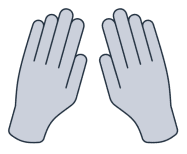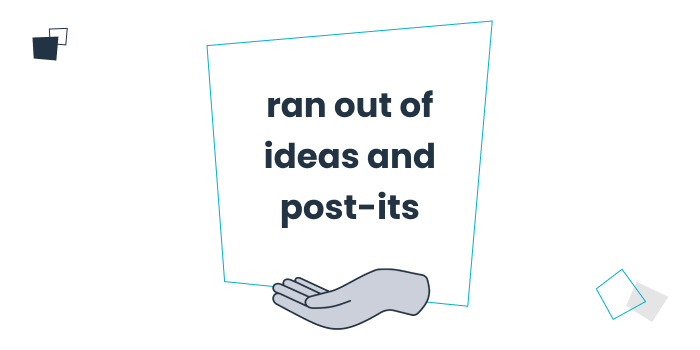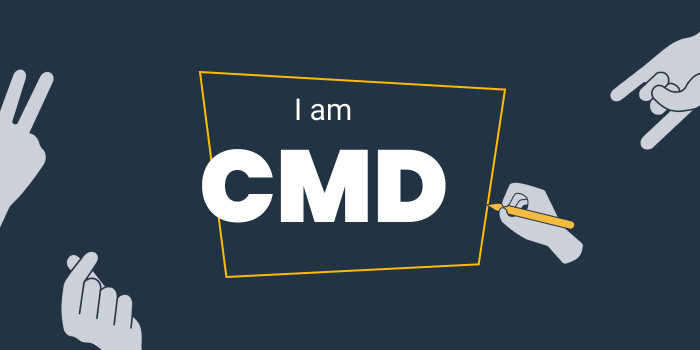The Future of Digital Design Education
By Fenne, Chris and Tim
CULTURE
Culture is an essential part of design education
In CMD’s culture we feel connected and want to learn together. We stimulate this by bringing students from different years together. We offer students spaces where they want to be and which they can make their own. From day one, everyone is a new designer. Involvement from professional practice contributes to this. Everyone gets responsibility for their own environment and learning process.
Lecturer are the foundation of our culture
We have an exemplary role and do (design) projects ourselves. With this, lecturers make their expertise and passion within the field tangible for new designers. We are aware of the hidden curriculum – the unwritten norms, values and perspectives that our education imparts. We discuss what we mean by “good design”.
MINDSET
New designers’ attitude is key
During the program, we develop a designer’s mindset that consists of the following ingredients: bravery, impact, curiosity and creativity.
Brave
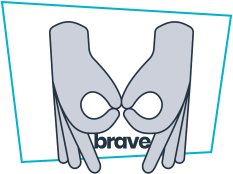
One needs courage to embrace uncertainty in the design process. Designers work on challenges in which there is not a single, correct answer. In working on these “wicked problems”, one doesn’t know what one will eventually deliver. New designer with guts realize that multiple solutions are possible and do not avoid these challenges, but get energy from the freedom that these assignments offer. They also have the courage to take a critical look at their own designs and not be satisfied too quickly. They dare to iterate and improve on the basis of feedback and previous explorations. New designers can dig into a new domain, experiment with new technology and quickly acquire new knowledge. They approach people and dare to break out of their comfort zone.
Impactful
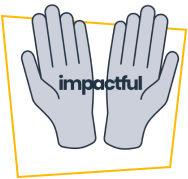
A positive and constructive attitude is the starting point with which we take on new challenges. New designers want to create impactful designs and are aware of their own responsibility. They recognize the impact of the designs on stakeholders and society on a larger scale. They are aware of different perspectives and make well-founded choices that reflect this. New designers can create a vision about future user experiences.
Curious
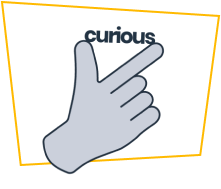
Throughout the course, new designers develop a curious attitude and an open mind. Research helps us to understand what is going on. Reflection helps to better understand ourselves and grow as a designer. They learn to listen and to be open to other perspectives by being curious. This empathy keeps context and user experience at the center of every activity.
Creative

New designers can come up with a multitude of ideas for a given challenge and get energy from it. In addition, they can take a critical look at what has been devised, make well-founded choices and come up with next steps. They look beyond existing solutions and enable creative combinations and new innovations. They can switch between understanding the current situation and shaping the future situation. In addition, people develop their own style and vision over the years and learn to talk about it with others.
OWN FORMS OF LEARNING
Interaction between analytical and creative
Designers identify problems and / or needs in any design situation. This requires an analytical view. Based on insights from analysis and synthesis, they quickly get ideas for possible solutions. They will examine possible solutions to see if they fit the problems that have been found. This interaction between analytical and creative characterizes design thinking and is developed in design education.
Our education program supports this interaction by giving new designers more and more control over their learning process. Initially, we provide methods and techniques, but gradually the student increasingly fills his own toolbox. Student motivation is consciously activated. We give room for entrepreneurship and for excellence. We can gauge what students need and we can consciously carry out interventions that contribute to learning to design. We do this by providing feedback (as well as being an example), asking questions and working together with students.
Design Critique
“Design critique” is central to our design education. This is a form of feedback in which peers, teachers and professionals play a role. By discussing each other's work, we master the concepts and standards of our field. We develop judgment and build an understanding of what makes good design. In the long term, this will strengthen the ability to reflect on one's own actions as a designer. In the beginning, as teachers and professionals, we play a major role in design critique. We demonstrate how experts discuss and evaluate designs. Later in the program, new designers play an increasingly important role in design critique. Both teachers and students are supported in this process by tools and techniques.
PLACE
A suitable physical place is the heart of a design program
Our physical environment, also known as the “surface structures” of the program, influences how students learn to design. This studio environment is a reflection of the workplaces where new designers end up in the future.
The studio is a space in which students have their own workplace to which they ideally have access at all times. Different forms of work are possible here, for example brainstorming and presenting. Studio lessons usually take place several times a week in sessions of three to four hours. Students are encouraged to work in the studio outside of class hours rather than at home. Interaction between years is also stimulated. Pedagogical activities in the studio are focused on learning-by-doing and reflection-in-action. Practice has a role to play. The physical space reflects our culture, contributes to developing a designer’s mindset and supports our design pedagogy.
